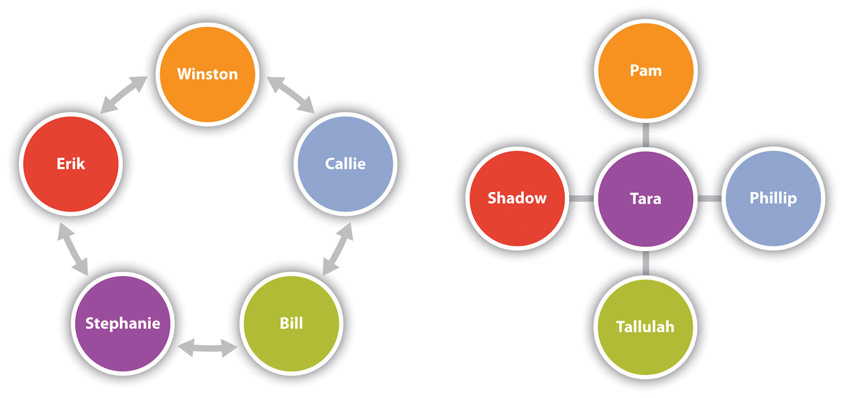Memorized Delivery
Completely memorizing a speech and delivering it without notes is known as memorized delivery. Some students attempt to memorize their speech because they think it will make them feel more confident to not have to look at their notes; however, when their anxiety level spikes at the beginning of their speech and their mind goes blank for a minute, many admit they should have chosen a different delivery method. When using any of the other delivery methods, speakers still need to rely on their memory. An impromptu speaker must recall facts or experiences related to their topic, and speakers using a manuscript want to have some of their content memorized so they do not read their entire speech to their audience. The problem with memorized delivery overall is that it puts too much responsibility on our memory, which we all know from experience is fallible.
When memorizing, most people use rote memorization techniques, which entail reading and then reciting something over and over until it is committed to memory. One major downfall of this technique is its effect on speaking rate. When we memorize this way, we end up going over the early parts of a speech many more times than the later parts. As you memorize one sentence, you add on another, and so on. By the time you’re adding on later parts of your speech, you are likely speed talking through the earlier parts because you know them by heart at that point. As we’ll discuss more later, to prevent bad habits from practice from hurting our speech delivery, speakers should practice a speech the exact way they want to deliver it to their audience. Fast-paced speaking during practice will likely make its way into the actual delivery of the speech. Delivery also suffers when speaking from memory if the speaker sounds like he or she is reciting the speech. Rote memorization tasks that many of us had to do in school have left their mark on our memorized delivery. Being made to recite the pledge of allegiance, the preamble to the Constitution, and so on didn’t enhance our speaking abilities. I’ve observed many students whose speeches remind me of the sound of school children flatly going through the motions of reciting the Pledge of Allegiance. It’s the “going through the motions” impression that speakers should want to avoid.

Memorized delivery is a good option for people like tour guides, who need to move while speaking and be interactive with an audience.
Source: Photo courtesy of John Lambert Pearson,http://www.flickr.com/photos/orphanjones/896596938.
Even with much practice, our memories can fail. If you do opt to use memorized delivery, make sure you have several “entry points” determined, so you can pick up at spots other than the very beginning of a speech if you lose your place and have to start again. Memorized delivery is very useful for speakers who are going to be moving around during a speech when carrying notes would be burdensome. Think of the tour guide who showed you around your college campus. As someone who used to give college tours, I can attest to the fact that we all had speeches memorized, which was a good thing. It’s already difficult enough to walk backward while facing a group of people and lead them across roads and up stairs. Think about how dangerous it would be if the tour guide were trying to hold onto and reference a stack of note cards at the same time! In summary, I only recommend memorized delivery in cases where the speech is short (only one to two minutes), the speech is personal (like a brief toast), or the speech will be repeated numerous times (like a tour guide’s spiel), and even in these cases, it may be perfectly fine to have notes. Many students think that their anxiety and/or delivery challenges will be fixed if they just memorize their speech only to find that they are more anxious and have more problems.
Strengths of Memorized Delivery
- Speakers can include precise or complex information such as statistics or quotes (if they have put the time into memorization).
- Speakers can directly engage with the audience without worrying about referencing notes.
- The speech will be consistent in terms of content and time-length, which is beneficial if a speech will be delivered multiple times.
Weaknesses of Memorized Delivery
- It is the most time-consuming delivery method.
- Speakers are unable to adapt information to audience reactions, since they are confined to the content they memorized.
- If speakers lose their place in the speech, they will likely have to start over.
- Since everything is preplanned, it is difficult to make the speech content and delivery seem genuine (i.e., humor may seem “canned” or corny).
- The speech can sound like a recitation if the proper vocal variety and pacing are not used.